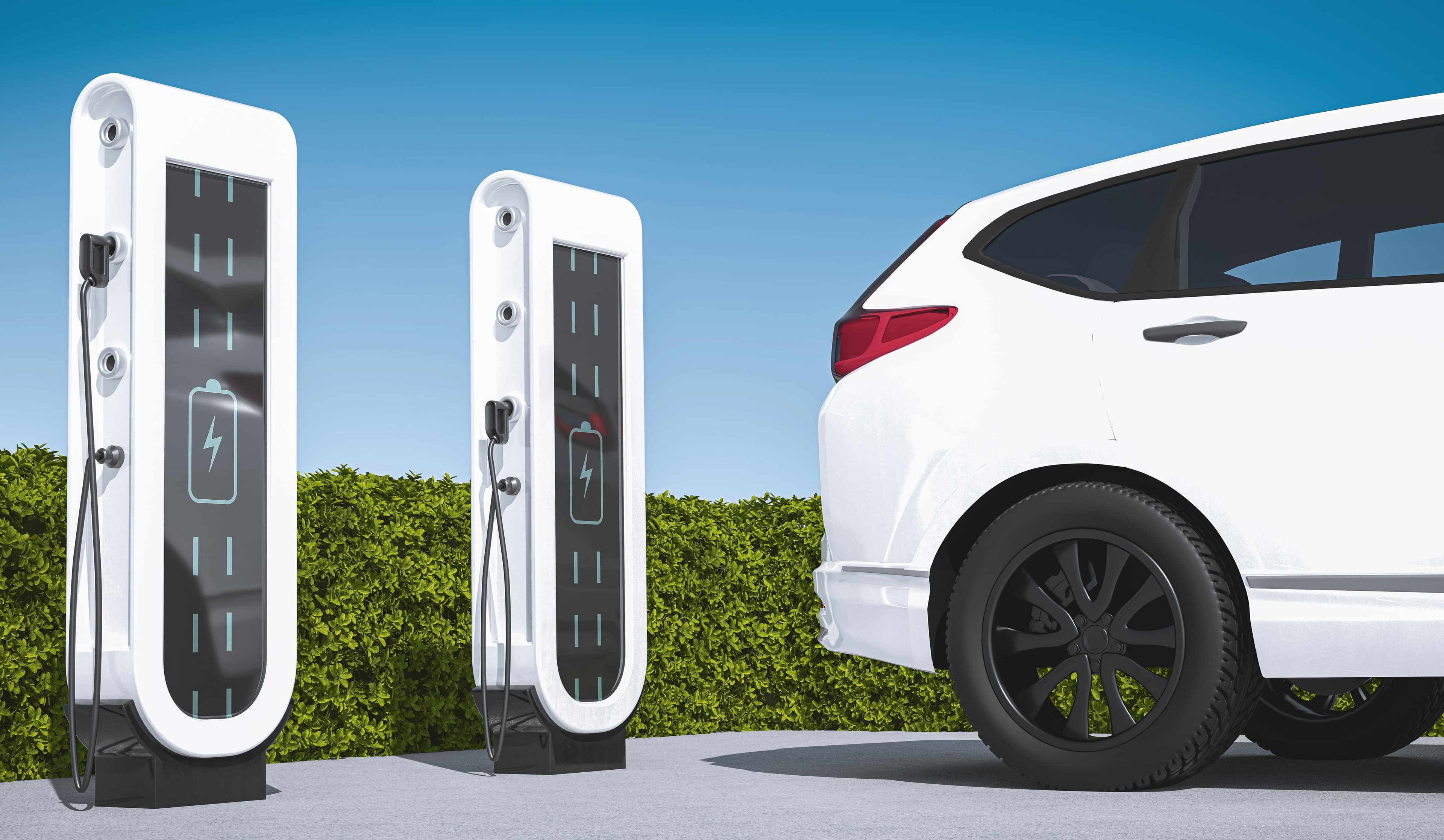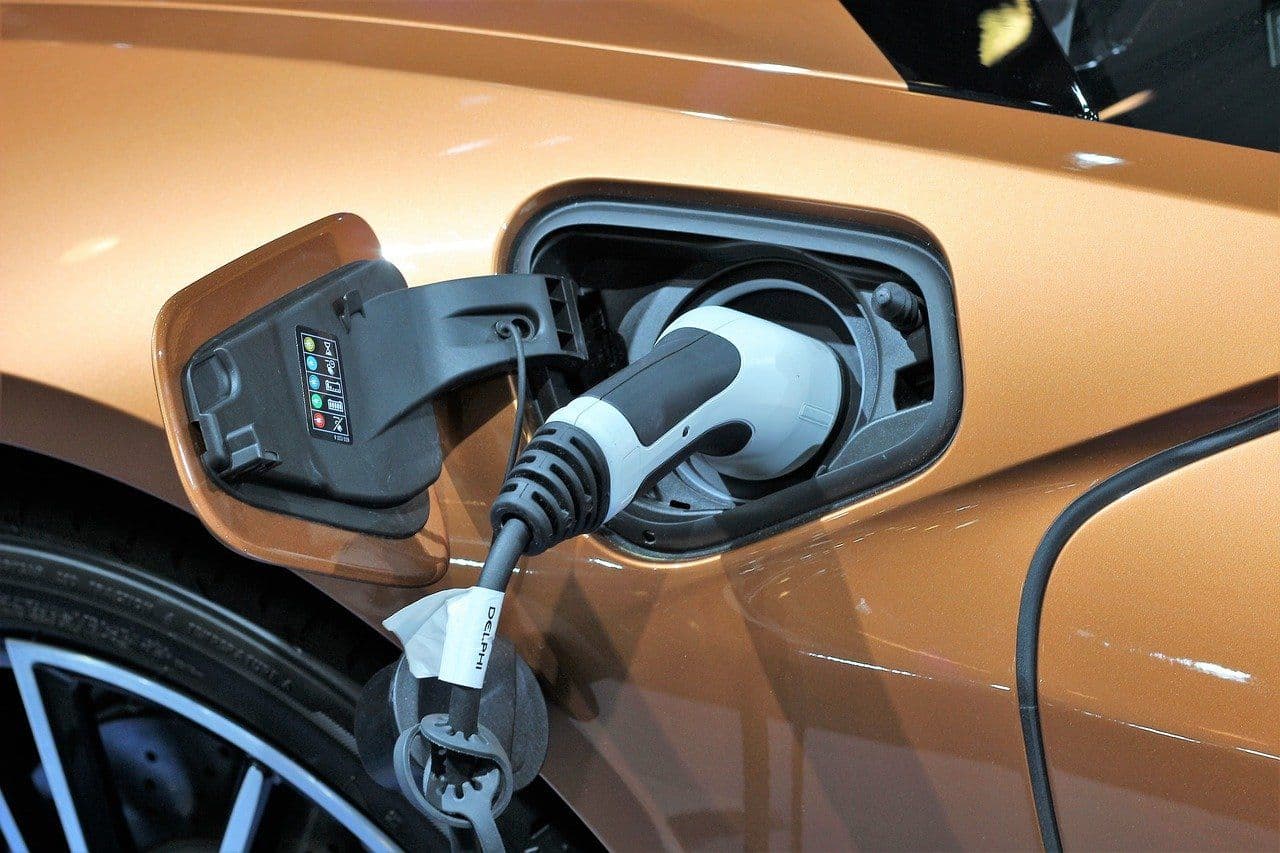We're not talking about hitting the gym or counting calories, instead, we're focusing on improved mobility.
The French Citizen's Convention for Climate proposed 149 measures to reduce environmental impact, including implementing a financial penalty on heavy new vehicles to encourage the sale of lighter cars. This proposal is based on the fact that lighter vehicles consume less energy, regardless of their power source (gasoline or electric). However, the trend in recent years has been towards increasingly large and heavy vehicles that consume more energy. Over the past 30 years, the average weight of cars in France has increased by 30%[1], and for compact sedans, the increase is closer to 60%[2].

Size difference between a Renault 4 and a Tesla Model X[3]
As a reminder, to decarbonize our activities, particularly regarding our mobility, we have several tools at our disposal:
- Sufficiency: reducing the number and/or distance of our trips (work from home, videoconferencing, avoiding unnecessary travel, taking vacations closer to home, etc.)
- Efficiency: consuming less energy for the same service provided (improvements in vehicle technology, route optimization, carpooling, better vehicle occupancy, etc.)
- Modal shift towards less energy-intensive modes such as walking, cycling, and trains
- Energy vectors: using less greenhouse gas-emitting energy sources such as low-carbon electricity, biomethane, and hydrogen (only if produced in a decarbonized manner!).
One effective way to address the second lever would be to reduce (or at least stop increasing) the weight of vehicles. While engine technology has progressed to consume less fuel, the increasing weight of vehicles has offset these gains, leading to stagnant or even increased emissions from new vehicles in recent years[4]. So why are vehicles becoming overweight? Sure, it's partly to offer us more safety, but it's also due to often unnecessary marketing imperatives. More and more gadgets are weighing down our vehicles, and the collective imagination values the large car, wrongly associated with more safety, as a sign of wealth and social success (just think about the popularity of the SUV).
Currently, European regulations mainly focus on the fourth lever, the energy vector, and encourage the adoption of electric or hydrogen-powered engines with limitations on CO2 emissions for new vehicles. However, this metric is imperfect because it doesn't consider life cycle emissions (vehicle and battery construction and end of life) or upstream energy sources, which can be crucial for electricity and hydrogen. Nevertheless, regulations could also limit weight, at least for combustion engine vehicles, to reduce their emissions at the tailpipe. However, the German car manufacturers' lobby has already succeeded in relaxing CO2 emission targets to favor - hold on tight - heavy vehicles (which are generally more economically profitable) at the expense of lighter vehicles. Indeed, the current European regulations are stricter for lighter vehicles than for heavier ones, which means that reducing the weight of a vehicle could be counterproductive as the manufacturer could face fines for not meeting CO2 targets, which they wouldn't have if the vehicle were heavier (an ICCT study details this mechanism and its consequences).
Despite this, the French Ministry of Economy and Finance is currently opposed to the proposal from the Citizen's Convention to tax vehicles weighing more than 1,400 kg at a rate of €10 per additional kilogram (the average weight of a vehicle sold in France in 2019 was 1,240 kg, so this really concerns heavy vehicles[5]). The minister himself, Bruno Le Maire, fears that this measure could be detrimental to the automotive industry and its jobs in an economic system already disrupted by the current health crisis. However, this argument seems fallacious since only 17% of vehicles produced in France exceed this threshold of 1,400 kg... compared to 70% in Germany[6].
Without measures like these, we are headed straight towards a race towards automobile obesity and depriving ourselves of a key decarbonization lever. This is an even riskier bet given the expectations of the French SNBC (National Low-Carbon Strategy) to respect the Paris agreements: emissions from the transport sector must be reduced by 97% by 2050, a drastic and dizzying reduction that can only be achieved by simultaneously using all three decarbonization levers.

History and projection of emissions from France's transport sector between 1990 and 2050 - MtCO2e [7]
Electric vehicles are a cleaner alternative to traditional gasoline-powered vehicle, but they are not entirely exempt from emissions. In fact, heavier electric vehicles require larger batteries to meet their energy needs, which can lead to even more emissions related to the production of the vehicle. This is a significant factor in the carbon footprint of an electric vehicle, unlike a gasoline-powered vehicle where emissions during use are the primary concern. Replicating the model of a gas-guzzling SUV in the electric vehicle market is therefore a “false good idea” that can lead to the production of mammoth vehicles, such as the Tesla Model X, Audi e-tron, and Mercedes EQC. While these electric vehicles are qualified as “zero-emissions” under current European regulations, they are very powerful and energy-intensive, which can offset the benefits of their electric powertrain.
Finally, this race for lightweight vehicles is necessary and must be viewed through the prism of the life cycle carbon footprint. While it may be easy to remove unnecessary features, using lighter but more emissive materials in production (e.g., composites or aluminum replacing steel) can be a more complex decision. This is particularly relevant for traditional vehicles, but not necessarily for electric vehicles, which have a higher manufacturing carbon footprint than during use, especially in countries with low-carbon electricity such as France[8].
Contact us
Contact us about any question you have about Carbone 4, or for a request for specific assistance.



















